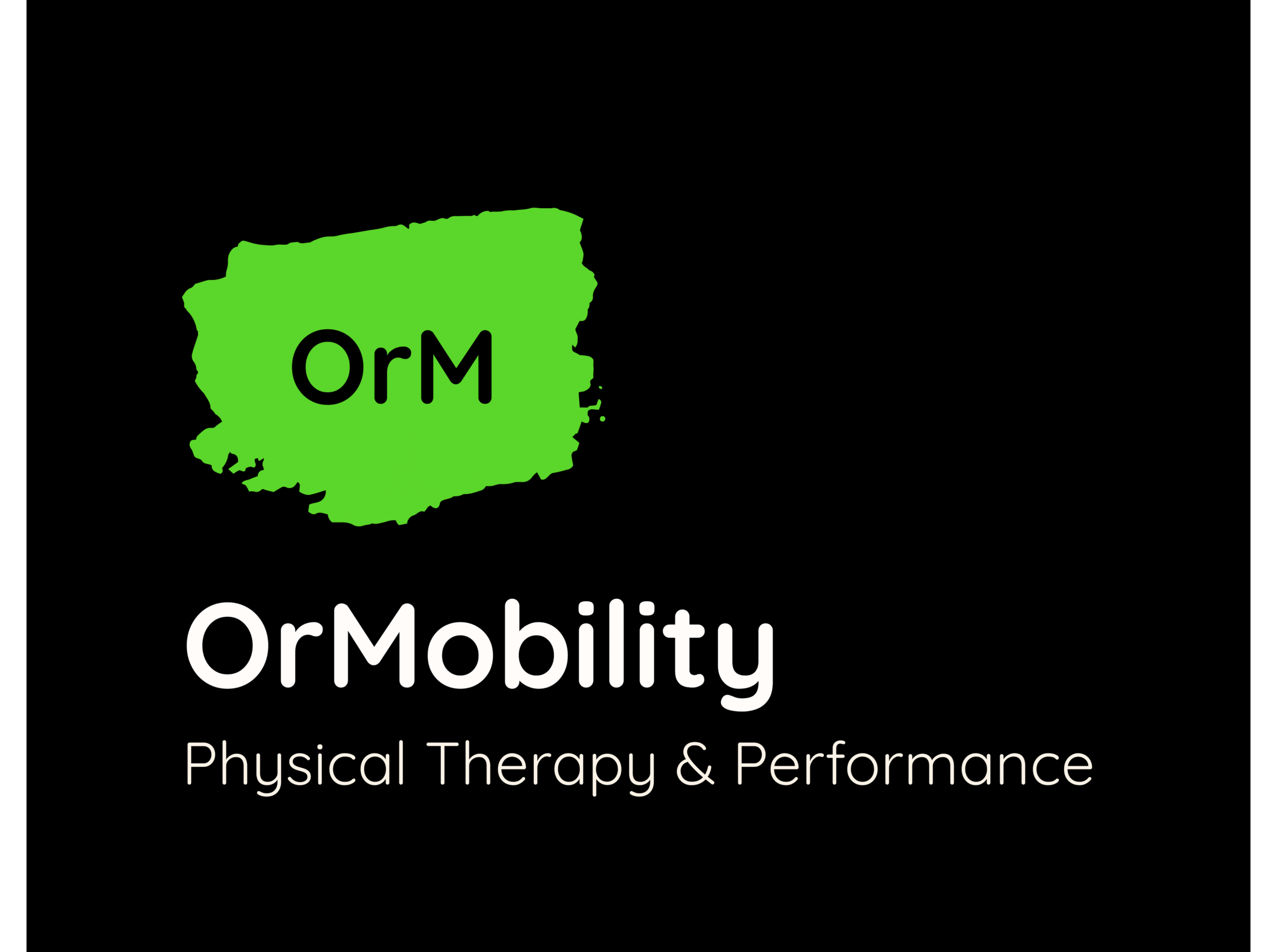Temporomandibular joint disorder (TMJ) is a painful condition affecting the joint connecting your jaw to your skull. It can cause a variety of symptoms, including pain, clicking or popping sounds, limited jaw movement, and even headaches and earaches.
Between 5% and 12% of the population is affected by TMJ disorder. While it doesn’t have a single cure, incorporating specific TMJ disorder exercises into your routine can significantly improve your condition and manage pain.
What Causes TMJ Disorder?
Several factors can contribute to TMJ disorder:
- Jaw Misalignment: Improper jaw alignment can cause strain on the joint, leading to pain and TMJ dysfunction.
- Teeth Grinding (Bruxism): Grinding or clenching your teeth can put excessive pressure on the TMJ and surrounding muscles.
- Trauma or Injury: Injuries to the face, jaw, or neck can damage the TMJ joint and cause pain.
- Arthritis: Degenerative joint diseases like osteoarthritis can affect the TMJ, leading to pain and stiffness.
- Stress and Emotional Factors: Stress and anxiety can tighten jaw muscles and contribute to TMJ symptoms.
Importance of TMJ Exercises for Pain Relief
TMJ disorder exercises offer a range of benefits for managing pain and improving your overall well-being:
- Strengthening Jaw Muscles: Stronger muscles can better support the jaw joint, reducing strain and pain.
- Increasing Jaw Mobility: TMJ disorder exercises can help improve the jaw’s active range of motion, making activities like chewing and talking easier.
- Promoting Relaxation: Specific techniques can help release tension in the jaw muscles, reducing pain and promoting overall relaxation.
- Enhancing Jaw Stability: TMJ disorder exercises can improve the stability of the jaw joint, preventing future problems.
- Improving Overall Oral Health: By improving jaw function and reducing pain, TMJ exercises can contribute to better oral health.
Recommended Exercises for TMJ Pain Relief

Here are some effective and simple exercises you can try at home for TMJ pain relief:
- Goldfish Exercises (Partial and Full Opening): Puff out your cheeks slightly while keeping your lips closed. For a full opening, slowly open your mouth as wide as comfortable while maintaining puffed cheeks, hold for a few seconds, and relax. Repeat both exercises several times.
- Resisted Mouth-Closing and Mouth-Opening: Place your thumbs on your chin and fingers under your jaw. Gently apply pressure as you slowly open your mouth, then resist the pressure while closing. Repeat several times.
- Chin Tucks and Jaw Stabilization Exercises: Tuck your chin downwards and hold for a few seconds. You can also try placing two or three fingers under your chin and gently opening and closing your mouth against the resistance of your fingers.
- Side-to-Side and Forward Jaw Movements: Slowly move your jaw side-to-side, feeling the stretch in your jaw muscles. Then, gently protrude your jaw forward and hold before returning to the starting position. Repeat both movements several times.
- Tongue to Roof of Mouth Exercise: Press the tip of your tongue to the roof of your mouth, just behind your upper front teeth. Hold for a few seconds and relax. Repeat several times.
- Relaxation and Stress-Reduction Techniques: Techniques like progressive muscle relaxation exercises and deep breathing can help reduce tension in your jaw muscles and promote overall relaxation.
- Neck Stretches and Mobility Exercises: Neck stretches that involve gentle pressure can improve posture and reduce tension that may contribute to TMJ pain.
Remember: Always start slowly and listen to your body. If you experience any pain, stop the exercise and consult a healthcare professional.
Physical Therapy for TMJ Disorder
While exercises offer TMJ relief, physical therapy (PT) can provide a more comprehensive approach to managing TMJ disorder. A licensed physical therapist can assess your specific condition and create a personalized treatment plan tailored to your needs. PT for TMJ disorder may include:
- Exercises: Similar to the ones mentioned above, a physical therapist can create an exercise program. They can also guide you on proper form and progression.
- Manual Therapy: Techniques like massage and joint mobilization can help improve flexibility and reduce pain.
- Heat and Cold Therapy: Applying heat or cold packs to the jaw area can help manage pain and inflammation.
- Biofeedback: This helps you learn to control muscle tension in the jaw through biofeedback technology.
Signs It’s Time to Consult a TMJ Specialist
If your TMJ pain is severe, persistent, or doesn’t improve with home exercises, it’s important to seek medical advice from a TMJ Specialist. Signs and common symptoms that further evaluation might be needed include:
- Persistent Jaw Pain: Jaw pain or facial pain that lasts for weeks or months despite home care.
- Limited Jaw Movement: Difficulty opening or closing your mouth comfortably.
- Clicking or Popping Sounds: Frequent clicking or popping sounds in your jaw joint.
- Locking of the Jaw: Your jaw gets stuck in an open or closed position.
- Chronic Headaches or Earaches: Persistent TMJ disorder headaches or TMJ disorder ear pain.
- Difficulty Chewing or Biting: Severe pain or difficulty when chewing or biting food.
How OrMobility Physical Therapy & Performance Can Help

At OrMobility PT & Performance, we understand the challenges of living with TMJ disorder. We offer a comprehensive approach and nonsurgical treatment options to manage your pain and improve your quality of life:
- Customized Treatment Plans: Our therapists create personalized treatment plans based on your specific needs and diagnosis.
- Expert Guidance in TMJ Exercises: We guide you on proper exercise techniques to ensure safety and effectiveness.
- Hands-On Therapy Techniques: We utilize manual therapy techniques like massage and joint mobilization to improve flexibility and reduce pain.
- Collaborative Approach: We work closely with your doctor or dentist to ensure a coordinated approach to your care.
- Comprehensive Care Beyond Exercises: We offer additional modalities for well-rounded and effective treatment options.
Conclusion
TMJ disorder can significantly impact your daily life. However, with a combination of self-care exercises, TMJ disorder physical therapy, and potentially other interventions, you can manage your pain and improve your jaw function. Remember, early diagnosis and treatment are key to preventing further complications and ensuring optimal jaw health.
FAQs
Can TMJ be fixed by exercises?
Exercise can be very helpful in managing TMJ pain and improving jaw function, but it may not completely “fix” the underlying cause in all cases. A physical therapist can help determine the best course of action for your specific situation.
How to relieve TMJ pain fast?
For short-term relief, applying a warm or cold compress to your jaw, eating soft foods and practicing relaxation techniques can help. Over-the-counter pain relievers may also provide temporary relief. However, long-term management requires a more comprehensive approach like exercises and physical therapy.
What is TMJ caused by?
TMJ disorder can have several causes, including jaw misalignment, teeth grinding, injuries, arthritis, and stress. A healthcare professional can help identify the specific cause of your TMJ disorder.


